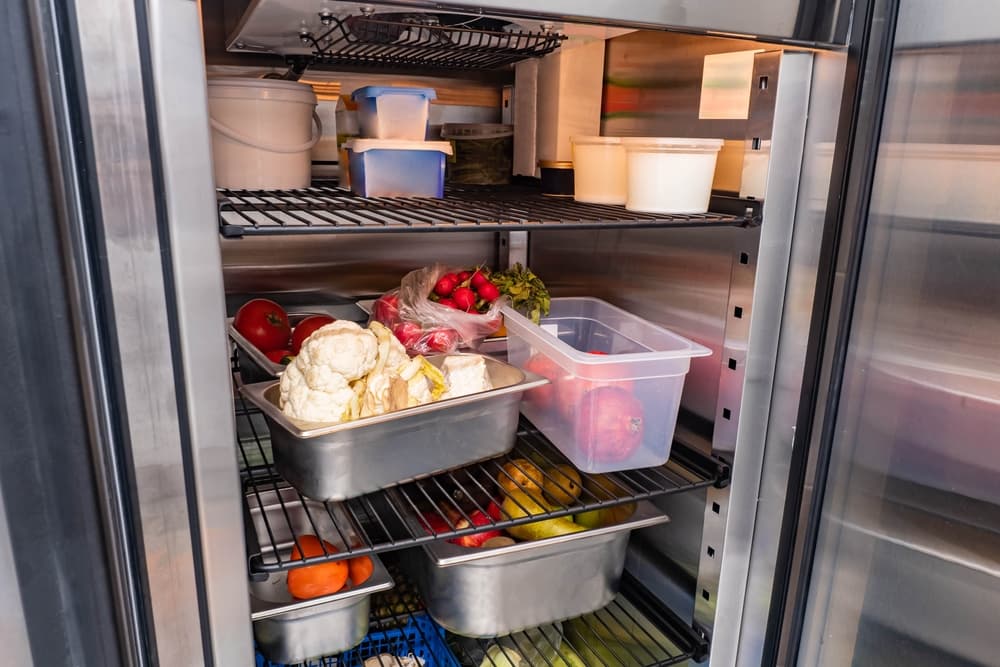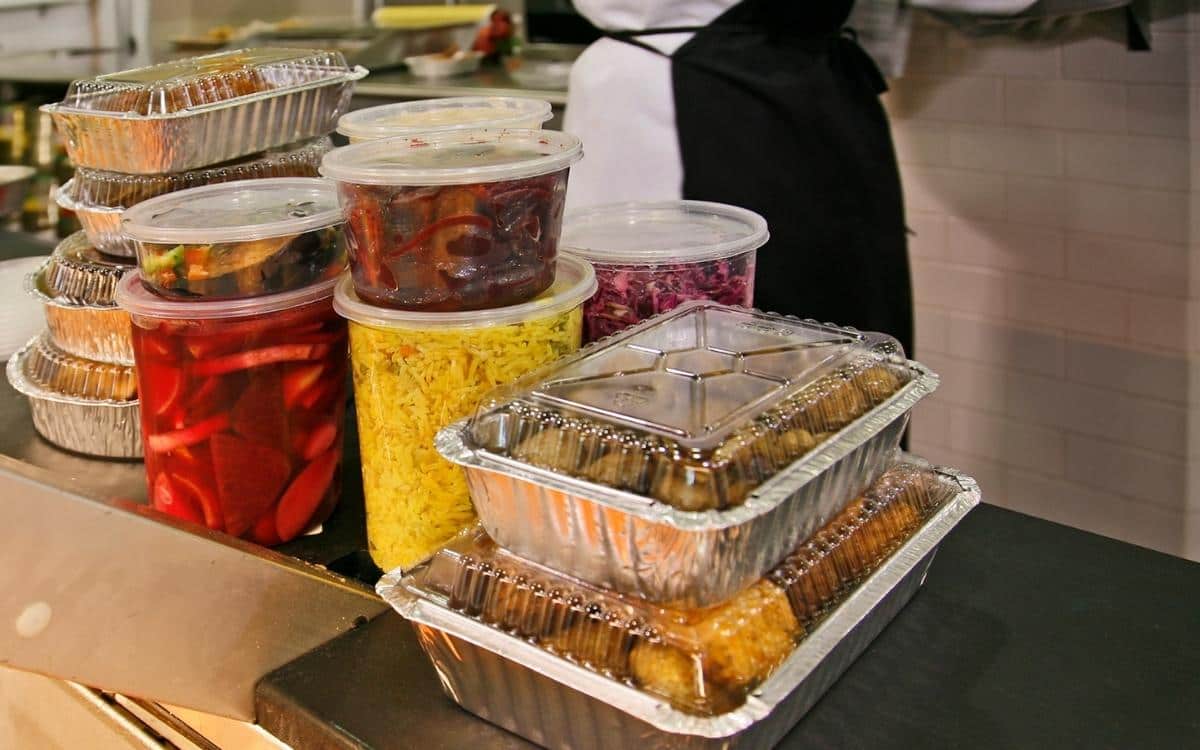How to improve food storage in a restaurant?
El food storage is an essential part of the restaurant logistics. For a restaurant to be successful you must, as an owner or administrator, ensure that all health and safety standards, when storing food, comply with all hygiene and storage laws in a restaurant.
To achieve this, you have a responsibility to ensure that all kitchen staff are fully trained and versed in all areas of a restaurant's storage.
Knowing the importance of storage and knowing how to implement it in your restaurant allows you to carry out efficient management and maintain growth in your business. Find out in this article how to do it.
Why is it important to improve a restaurant's warehousing logistics?
When you improve the warehousing logistics in your restaurant by implementing and maintaining a food storage system, it increases the overall efficiency of the business and the profitability you obtain.
At the same time, it reduces waste and disease transmission through food.
Good warehousing logistics in your restaurant provides you with the following benefits:
- Optimal shelf life of food
- Improved food safety
- Less food waste
- Decrease in food outbreaks and disease transmission
- You avoid overstocking
- Efficiency in storage processes

What to consider when storing food in your restaurant
Knowing how to preserve food is of the utmost importance in a restaurant. For this reason, the organization of the space and the knowledge of the correct storage temperatures is essential to preserve its quality.
It is essential that you avoid breaking the cold chain of food, this can alter the nutritional and organoleptic properties.
In addition, you must consider and make some distinctions between perishable and non-perishable foods when storing in restaurants.
Perishable foods
These foods need to be stored at a controlled temperature, since their preservation depends on it. It takes into consideration the following aspects:
- Organize food in several refrigeration units depending on the product category
- Keep semi-finished products in closed and suitable containers (plastic or steel) marked with a special label. This avoids contamination with bulk foods (for example, vegetables) and you can know how long they can be stored, thanks to the date marked on the label
- Place food in refrigeration systems so that air can circulate freely around it: overfilling the refrigerator makes it difficult for air to pass through, worsening the state of preservation of food
Non-Perishable Foods
For the food storage non-perishable items in your restaurant take into consideration the following aspects:
- Organize food on shelves, separating different types of food
- Ensure sufficient ventilation by separating rice, dry pasta, flour and legumes.
- Always close open containers to prevent the product from spilling and prevent the formation of insects: pasta and flour in particular are subject to the rapid appearance of insects that would render the products useless.
- Do not store open food in the warehouse, but in the kitchen in closed cabinets. This prevents other foods present in the place from being damaged and contaminated.
5 guidelines for properly organizing your restaurant's warehouse
To organize a restaurant efficiently, follow these 5 guidelines to optimize this area in your business:
Draw a plan of the storage area
Draw a plan and place it somewhere everyone can see it.
A floor plan streamlines kitchen management, as staff can get in and out quickly by consulting the map before searching the shelves.
Classify zones according to product categories
For a better reception and food and beverage storage you must classify them by categories. The products can be separated by type of ingredient, use of tools, or recipe.
For example, a shelf can be dedicated to dry products, such as flour and sugar. While another rack can be used for liquids, such as syrups and alcohol.
This can eliminate cases of cross-contamination, which is the transfer of contaminants or bacteria from one product to another.
Organize products according to their expiration date
The order in which food is stored should be one that favors consumption at an appropriate time. In order to avoid food loss due to the expiration date.
The closer the expiration date, the earlier the food should be in the organization of the warehouse, prioritizing it in relation to the others and preventing it from being damaged.
Define a product area with high turnover
Implementing a correct rotation of food within the warehouse guarantees quality when preparing and serving your dishes.
Food and products with the highest turnover should be located in an area that is easy to access, both for the personnel who supply it and for those who use them.
Establishes optimal hygiene conditions
El food storage adequate and proper conservation of them must be accompanied by optimal hygiene conditions.
The storage location must be sanitized periodically to avoid the presence of pests such as rats and insects. The frequency of cleaning must be a function of ensuring that adequate conditions are maintained.

How can Picker help you manage your restaurant's addresses?
The demand for online restaurant orders continues to grow among restaurant consumers. If you're a restaurant owner or manager, you need solutions that allow your customers to order online and get food delivered quickly.
Picker is the perfect ally for you. Integrate to our platform in a simple way and every order you receive will be sent with special tracking for each customer.
You can implement the button to request a Picker in your POS so that your customers can have a real tracking experience. In this way, you improve the shopping experience by reducing waiting times and an optimal delivery of your dishes.
Conclusions
The right one food storage In a restaurant it is a fundamental operation to increase their lifespan. It allows you to ensure their healthiness and avoid unnecessary food waste and damage to the environment.
Offering your customers first-choice dishes, it will be necessary to start with high quality food. And this is only possible thanks to a Sourcing frequent and functional storage of products. Hence the importance of the warehouse for a restaurant.
Follow these guidelines and apply good storage practices. This way you insure to ensure that food is kept safe and of high quality so that your customers are always satisfied.










